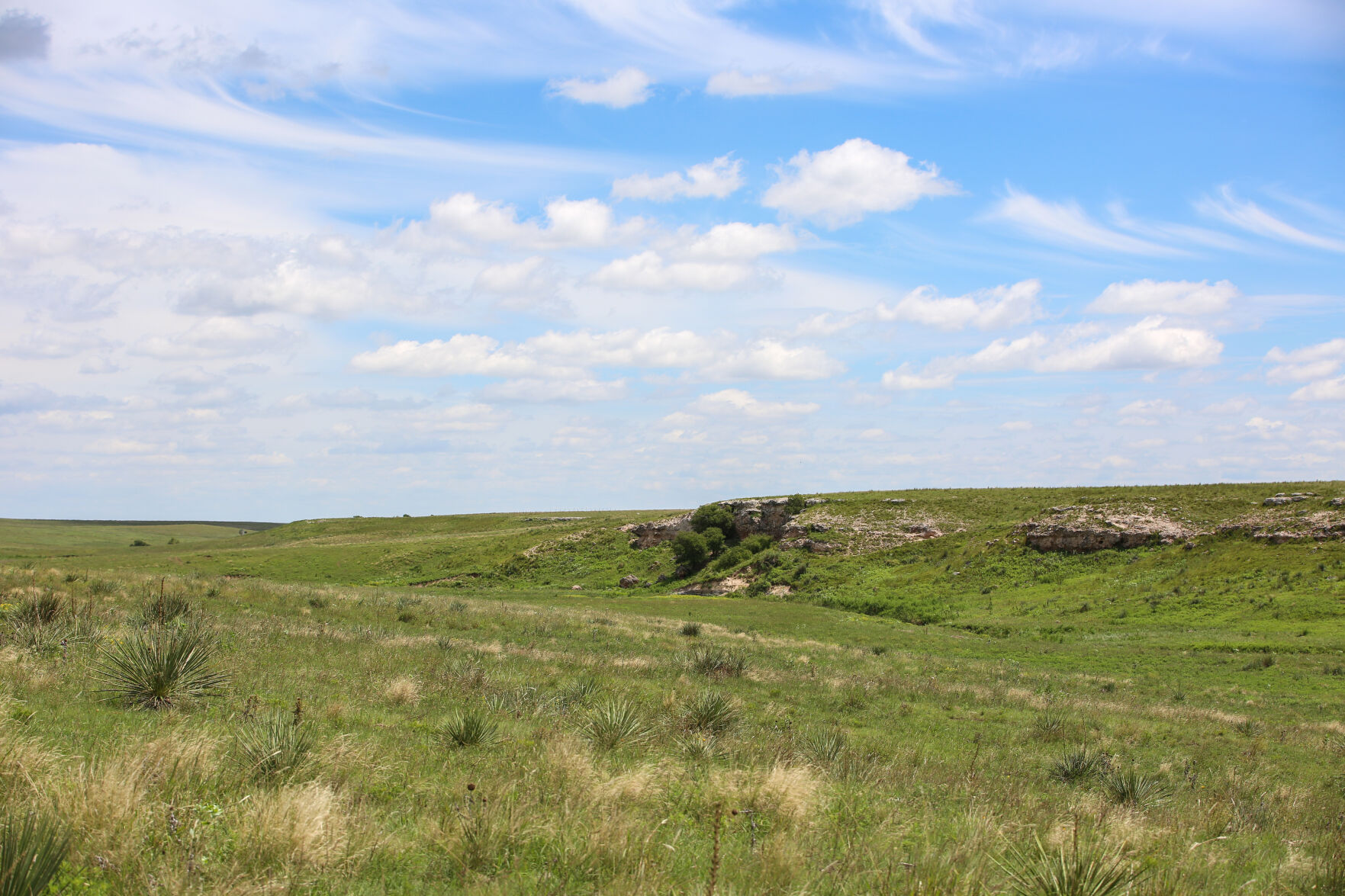Last season’s pasture conditions help determine this year’s forage

Kansas State University Range Scientist Keith Harmoney said he’s had a number of questions over the recent weeks about when the grass will be ready for turnout this year. It’s going to be an if not when scenario when it comes to forage availability in 2023. Harmoney spoke during a recent webinar.
"Looking at turning out this year, one thing that we have to do is we have to look at how our conditions ended last season,” he said.
Last year’s pasture conditions have to be assessed at the end of the season, Harmoney suggested, and questions need to be asked.
"Whether or not we had more animal removal of dry matter than what we had planned,” he said. “Or if our forage demand to forage available balance was not what we expected it to be for the stocking rate that we started last season.”
If more forages were removed or the stocking rate was too high, the plants could be starved for leaf material to be able to photosynthesize and produce carbohydrates and energy for the next season.
The roots may also be compromised, and when the plants are starting off at a disadvantage for the next season, they’re not going to have the energy to take off and grow right away, according to Harmoney.
When the plants reach 70% removal of top growth, half the roots will stop growing for nearly two weeks. When removing any more of that upper-level leaf material, the plant’s ability to photosynthesis still needs to happen and carbs still need to be produced. But there’s consequences of that process still happening.
Root growth is hindered and the ability of those roots to take up moisture is compromised.
When there’s less than average rain amounts in April, May and June, it’s a very good predictor of what the forage at the end of the year will end up looking like.
So when it comes to thinking about turning out livestock on grass or summer stocking rates based on the stress and conditions of pastures last year, Harmoney again looks back on the data.
In the majority of those years, probably 65% to 75% of them, the forage demand is matched with forage available, and there’s an established stocking rate for the pastures in consideration. Many of those pastures “should be” unstressed at the end of the season if there’s a balanced demand and forage availability.
“But when we talk about pastures that are unstressed the year before, we don’t have much reason to do any change to the stocking rate the next season,” he said. “The main reason why we might do any stocking rate adjustment would be whether or not are our current soil conditions are dry, or whether our current soil conditions are moist.”
Harmoney said looking at the winter precipitation data at the research center and comparing it to forage growth, he wasn’t able to predict what the final production would be based on current estimates.
If you do have some current dry soil conditions, consider reducing stocking rates or delay turnout. The biggest factor in what’s going to take place for growth during the year will be what kind of precipitation is received from April to June.
If you expect less production from the forages, delay turnout or reduce stocking rate by up to 15% on those pastures. Dry soil conditions, stressed plants and other factors can lead to even more stress.
"It can compound it even more,” he said. “So we can expect to delay turnout by up to two to four weeks. And we’ve reduced stocking rate by 15 to 25% of those pastures because we do know that they’re going to be at a disadvantage from the prior year plus be at a disadvantage because of the lack of soil moisture, moisture to start the growing season.”
Further modification will have to happen after the precipitation is received during the April to June time period.
If there are dry conditions to start the season, and little to no May-June precipitation, there could be an even larger reduction. Harmoney’s information at the research center shows that in a year when it starts with dry solid conditions, and there’s also a 75% or less average precipitation, the amount of reduction in precipitation is “pretty much” the amount of reduction in forage production to be expected for the year.
To alleviate that stress, Harmoney suggests a couple things. Early wean calves, cull open cows early, check for pregnancy earlier and cull those open cows. Cull cows that are poor performers or who have poor body condition or other factors that are not ideal will limit production. If the operation is geared towards stocker cattle or saving replacements, consider marketing those animals more readily.
Harmoney reiterated that in the end, the current growing season precipitation, April to June, is going to be the greatest factor in how much forage growth we get for the year. But the prior year’s energy level and status does factor into it all. He suggests assessing status thoroughly before turnout and again one more time before the end of the growing season.
“The current growing season precipitation is very important,” he said. “But the prior year stress level on those pastures does have some importance as well as what might be expected the following year.”
Kylene Scott can be reached at 620-227-1804 or [email protected].



